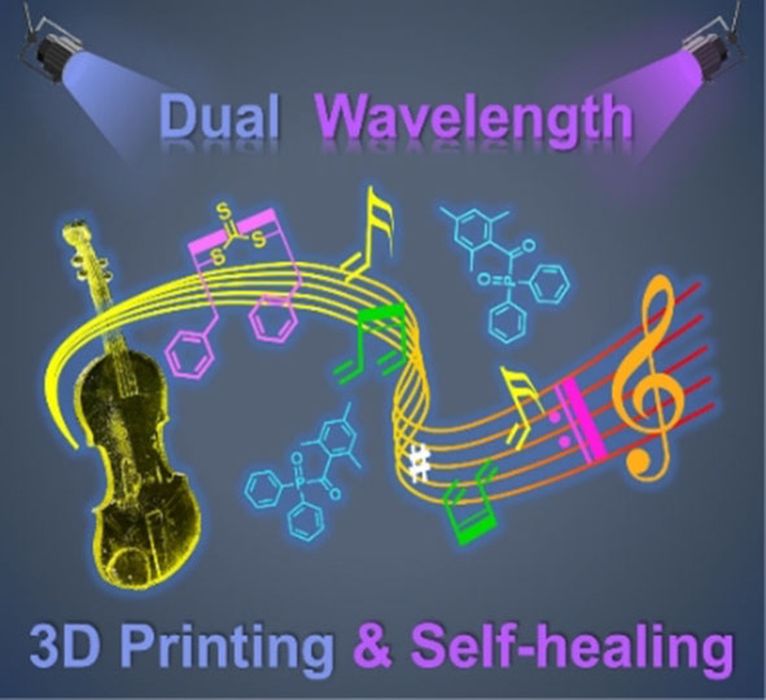
Researchers have developed a way to have 3D printed materials self heal.
Broken 3D prints is a problem, particularly with the thermoset plastics used with resin 3D prints. The 3D printing process involves using photopolymer resin that solidifies upon exposure to UV light, and several styles of 3D printers leverage this effect to produce solid models.
Many photopolymer resins result in rigid parts. While this is often quite desirable for the application, there’s also the possibility of cracking the print.
This is because of a very common problem with 3D prints: after they’re cured, they often are continually exposed to UV light when they’re in sunlight. This can, with certain resins, continue the curing process and result in cracks.
Here you can see a resin 3D print that’s cracked due to excessive exposure to UV light:
Because of this it could be advantageous if the material could somehow “heal itself” if cracks appear.
That is precisely what has been developed by researchers at the University of New South Wales in Sydney.
They used something called “RAFT”, which stands for reversible addition fragmentation chain transfer agents. This is a chemical combination that enables control over the polymerization and can actually re-polymerize a material when triggered.
The researchers explain how this works:
“In this study, reversible addition fragmentation chain transfer (RAFT) agents are incorporated into resin formulations to allow visible light (405 nm) mediated 3D printing of materials with self-healing capabilities. The self-healing process is based on the reactivation of RAFT agent embedded in the thermosets under UV light (365 nm), which enables reformation of the polymeric network. The self-healing process can be performed at room temperature without prior deoxygenation.”
Note that the self healing process requires an exposure to UV light. But this also implies that a part produced with this material when used outdoors might automatically repair itself, or at least the portions exposed to the sun.
This is a very interesting development, as it might enable a new class of 3D printed applications, where parts used in inaccessible locations might be able to repair themselves.
While this is only research at this point, it’s likely this could eventually become a product. It’s unclear what the cost of a RAFT-enabled resin might be, but I suspect it would only be marginally more expensive than standard resins. If that’s the case, then we could see this type of resin become a standard among providers.
Via Wiley
